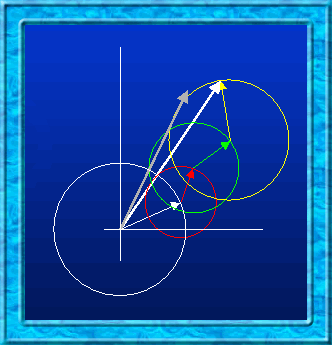
| The on-going contribution by the Erice macromolecular crystallography
courses, held every six years since 1976, have received general appreciation
by the scientific community.. These meetings have been milestones in the
development of methods and techniques, as well as in the diffusion of
the most exciting research results. The field has grown so much that it
has become a necessity to divide the traditional topics into two groups,
leaving achievements and applications talks to the scientific planning
for the year 2006.
X-ray crystallography is the pre-eminent technique for obtaining the structure of macromolecules at atomic resolution. These structures are central to understanding the detailed mechanisms of biological processes, and to discovering novel therapeutics using a structure-based approach. Notwithstanding recent progress, the structures of only a small fraction of the proteins encoded by human and pathogenic genomes are known. To counter the myriad modern threats of disease, there is an urgent need to determine the structures of the thousands of proteins whose structure and function remain unknown. This course intends to serve the upcoming generation of scientists to undertake this important task. This is an auspicious time for a meeting that focuses on advanced methods,
recent progress and research frontiers of macromolecular structure determination.
The technologies of this field have witnessed dramatic developments
in recent years: synchrotron radiation from third generation sources,
crystallization robotics, There is a revolution going on several fronts. These rapid changes outpace the ability of any one university department to teach them. For the younger generation to be well trained in cutting edge techniques, a meeting such as this one is essential. Specifically, this meeting will address: a. methods of crystallization of macromolecules and optimal screening of experimental conditions; b. the increasing availability of beam lines at synchrotron radiation sources together with tuneable wavelengths for anomalous diffraction experiments; c. advances in X-ray detector technology, including quick and fine sensing; d. progress in methods of phasing; e. cryo-microscopy and electron crystallography, and f. a myriad of facilities for computer display, interpretation and analysis of macromolecular structures. The present event is designed also to provoke the birth of centres for macromolecular crystallography in several eastern European countries where this field has only recently started to develop. Just to examine briefly the consequences of this developments, let us mention a. the study of particular protein structure is crucial for understanding how toxins and nerve agents work; b. the structure of acetylcholinesterase (AChE) is the target for all approved drugs against Alzheimer's Disease (AD), but also the binding site of the deadly neurotoxin fasciculin; c. AChE is also the site of action of nerve gases such as sarin, VX, and soman; d. a major contribution will be a cooperative effort against phosphotriesterase, a bacterial enzyme that hydrolyzes (among others) sarin and VX nerve agents; e. recently, inhibitors of the protein adenyl cyclase from bacteria that cause Anthrax have been discovered using virtual screening against a structure determined by macromolecular crystallography. |
 novel
algorithms for structure solution and refinement, the sequencing projects,
and the structural genomics projects.
novel
algorithms for structure solution and refinement, the sequencing projects,
and the structural genomics projects.